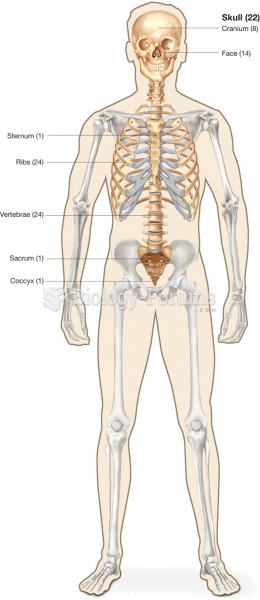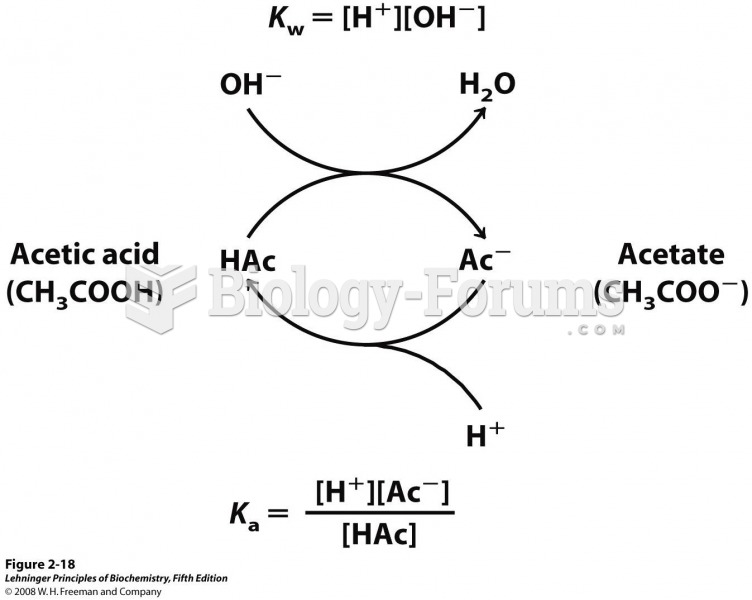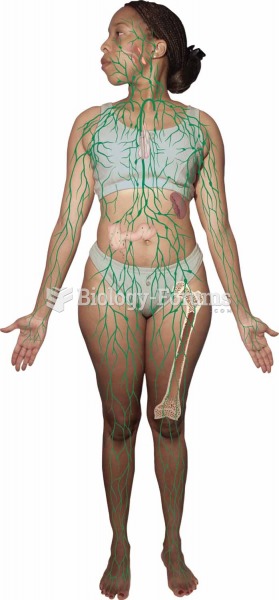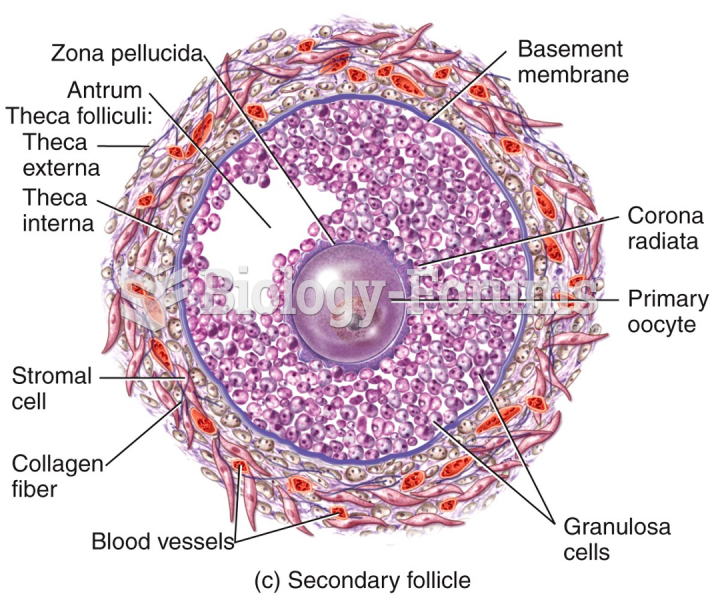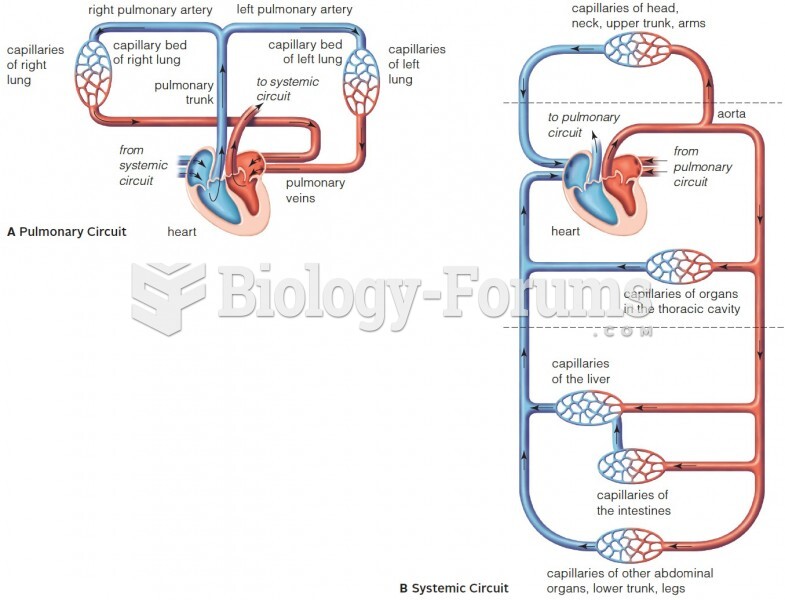|
|
|
Green tea is able to stop the scent of garlic or onion from causing bad breath.
Cucumber slices relieve headaches by tightening blood vessels, reducing blood flow to the area, and relieving pressure.
Pink eye is a term that refers to conjunctivitis, which is inflammation of the thin, clear membrane (conjunctiva) over the white part of the eye (sclera). It may be triggered by a virus, bacteria, or foreign body in the eye. Antibiotic eye drops alleviate bacterial conjunctivitis, and antihistamine allergy pills or eye drops help control allergic conjunctivitis symptoms.
People with high total cholesterol have about two times the risk for heart disease as people with ideal levels.
More than 150,000 Americans killed by cardiovascular disease are younger than the age of 65 years.


